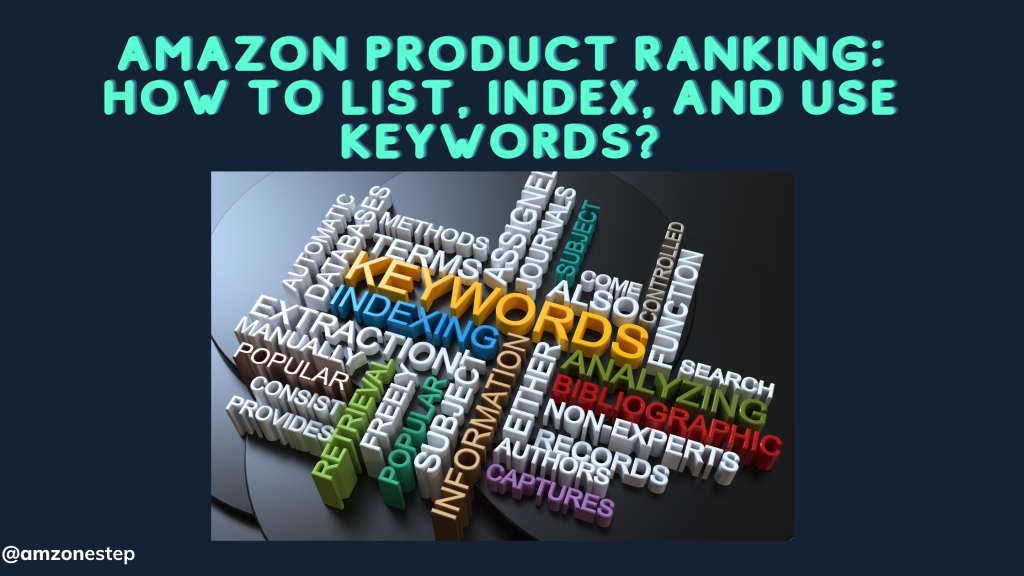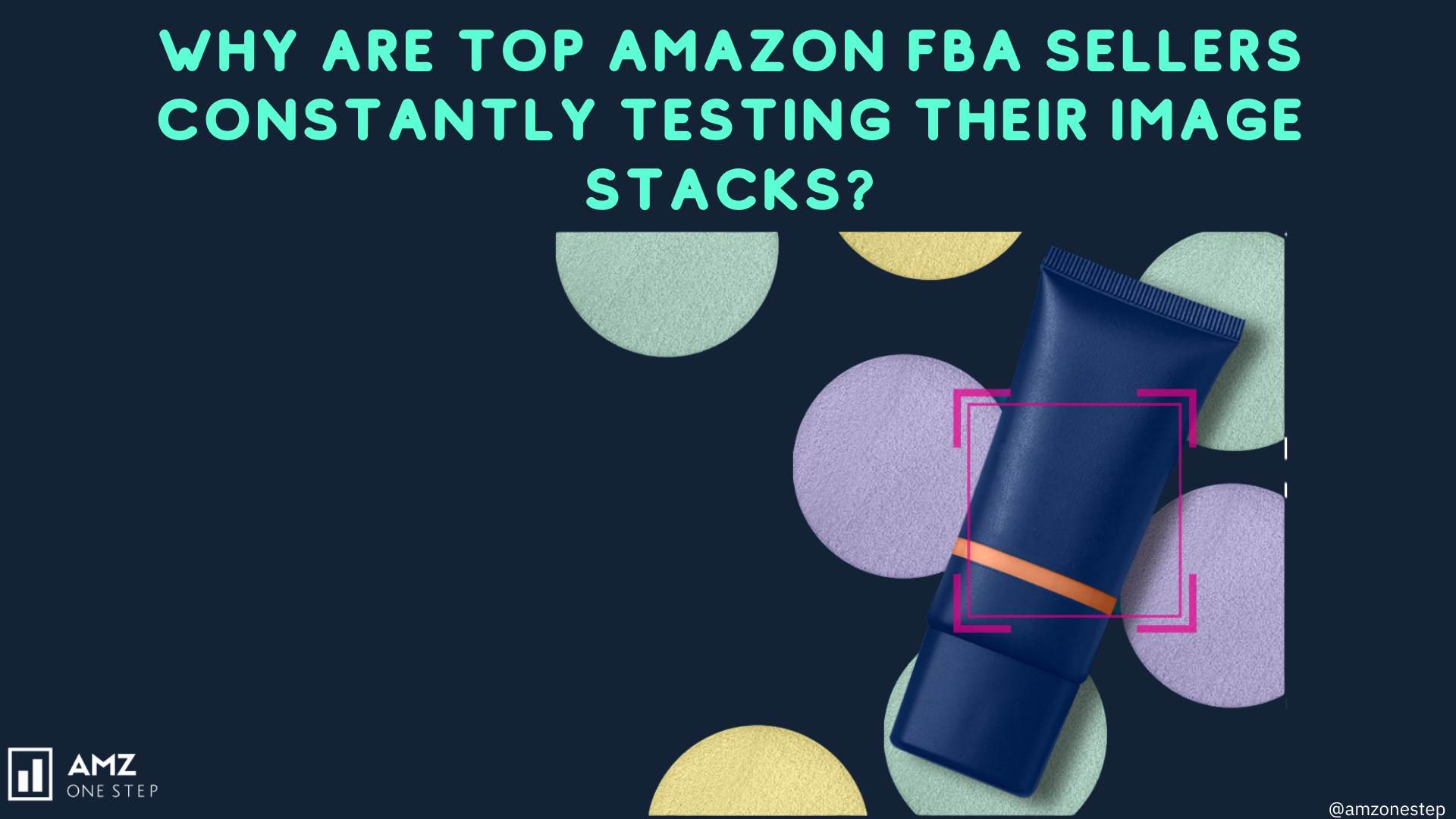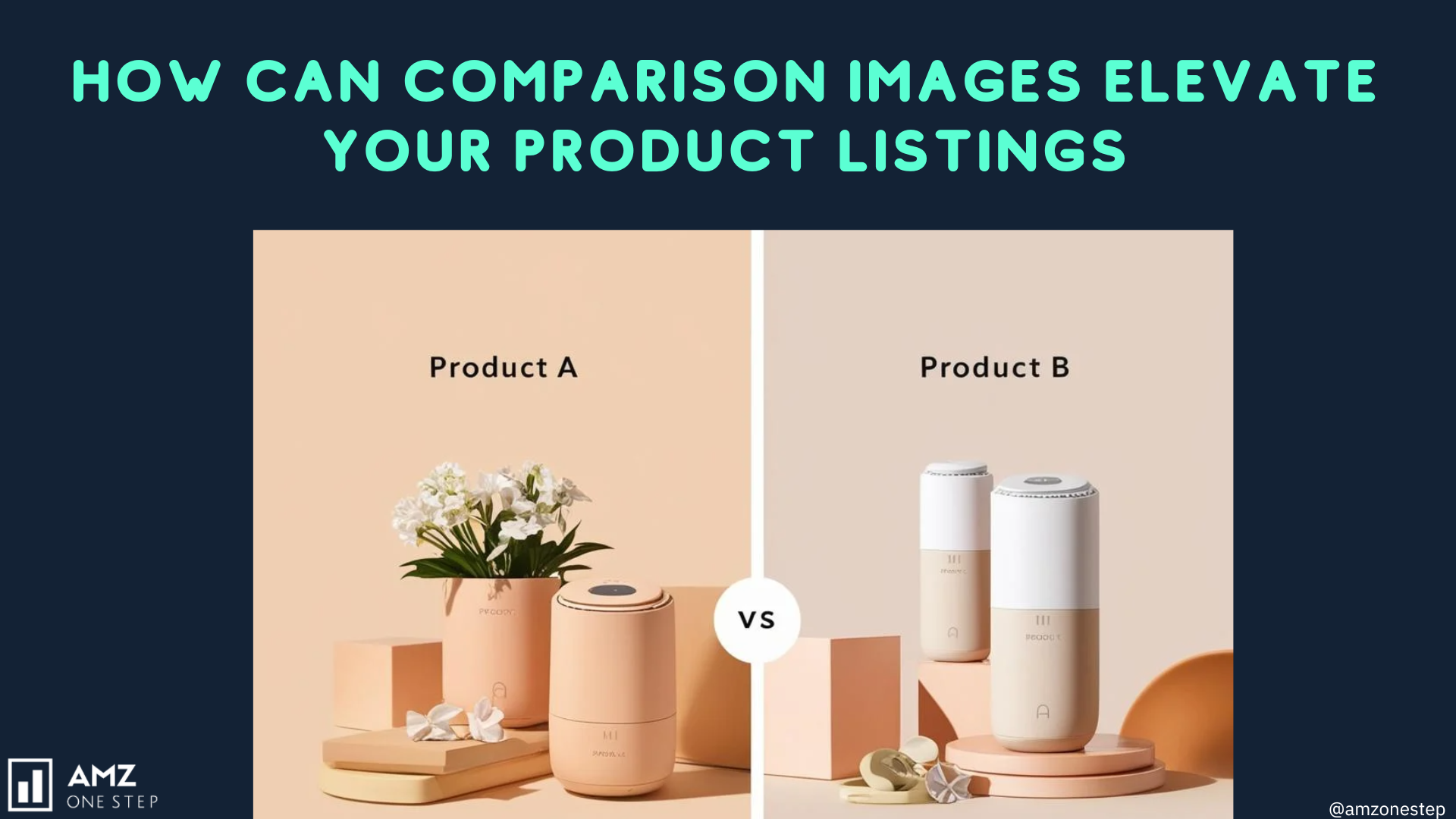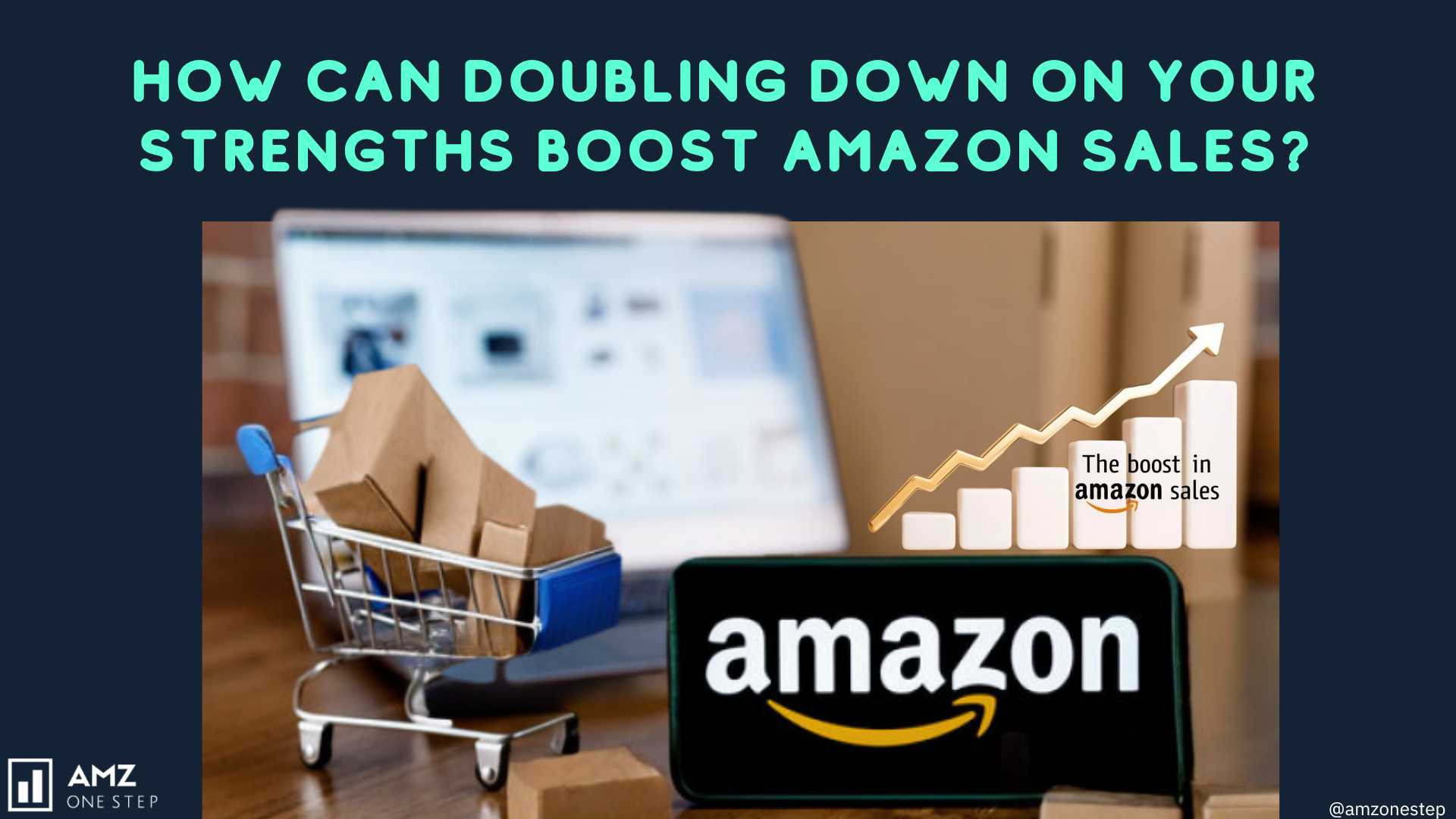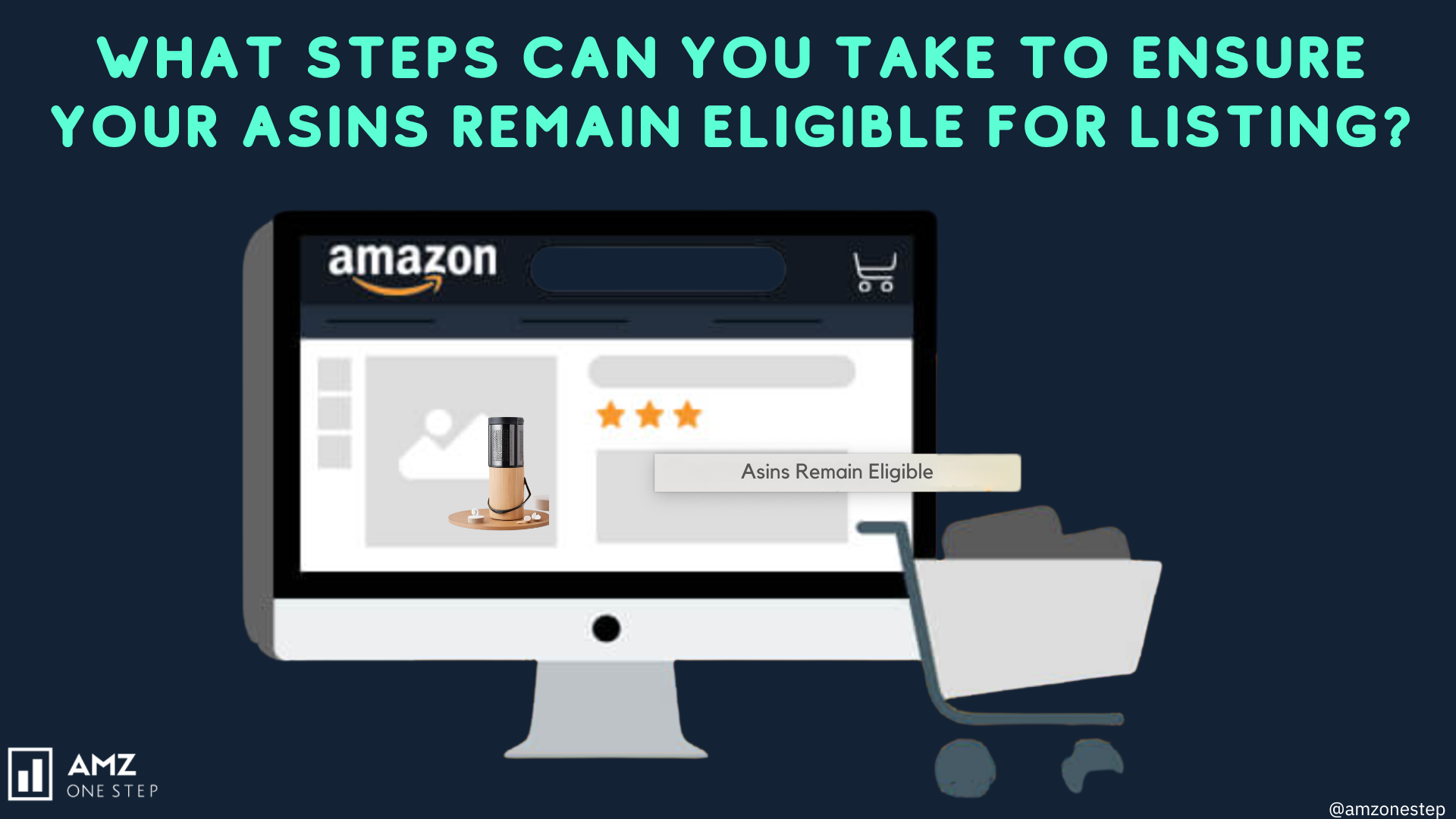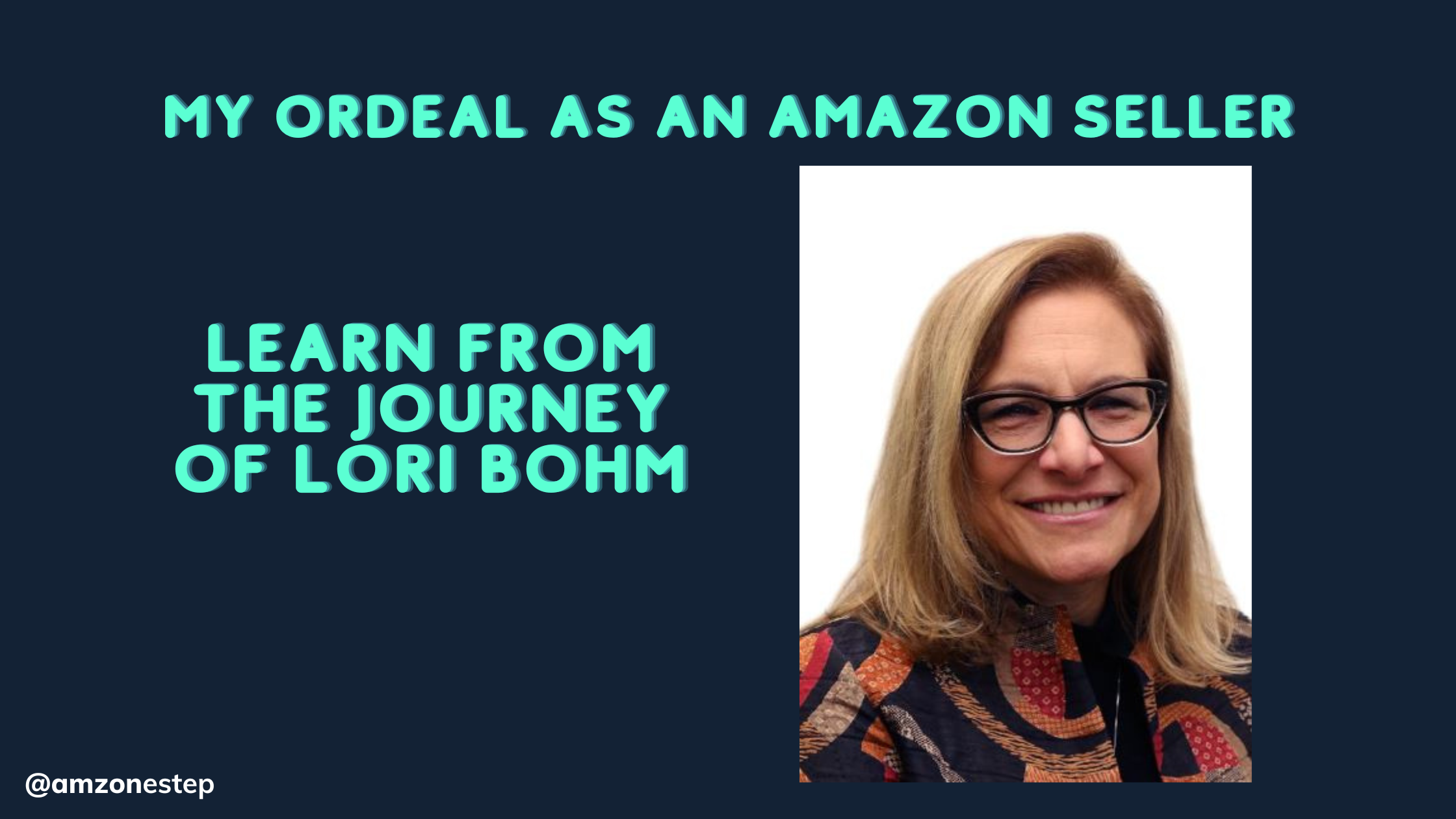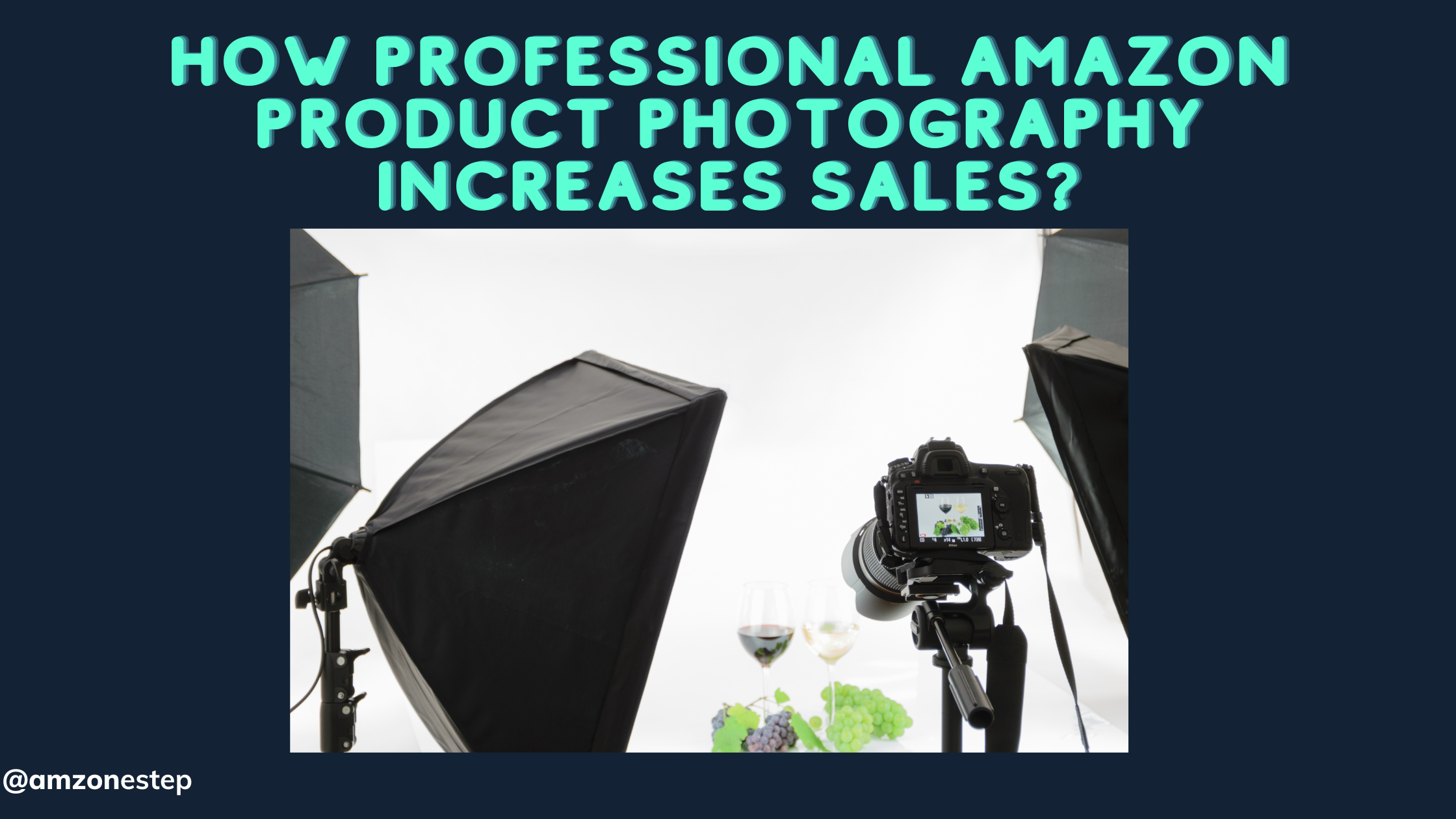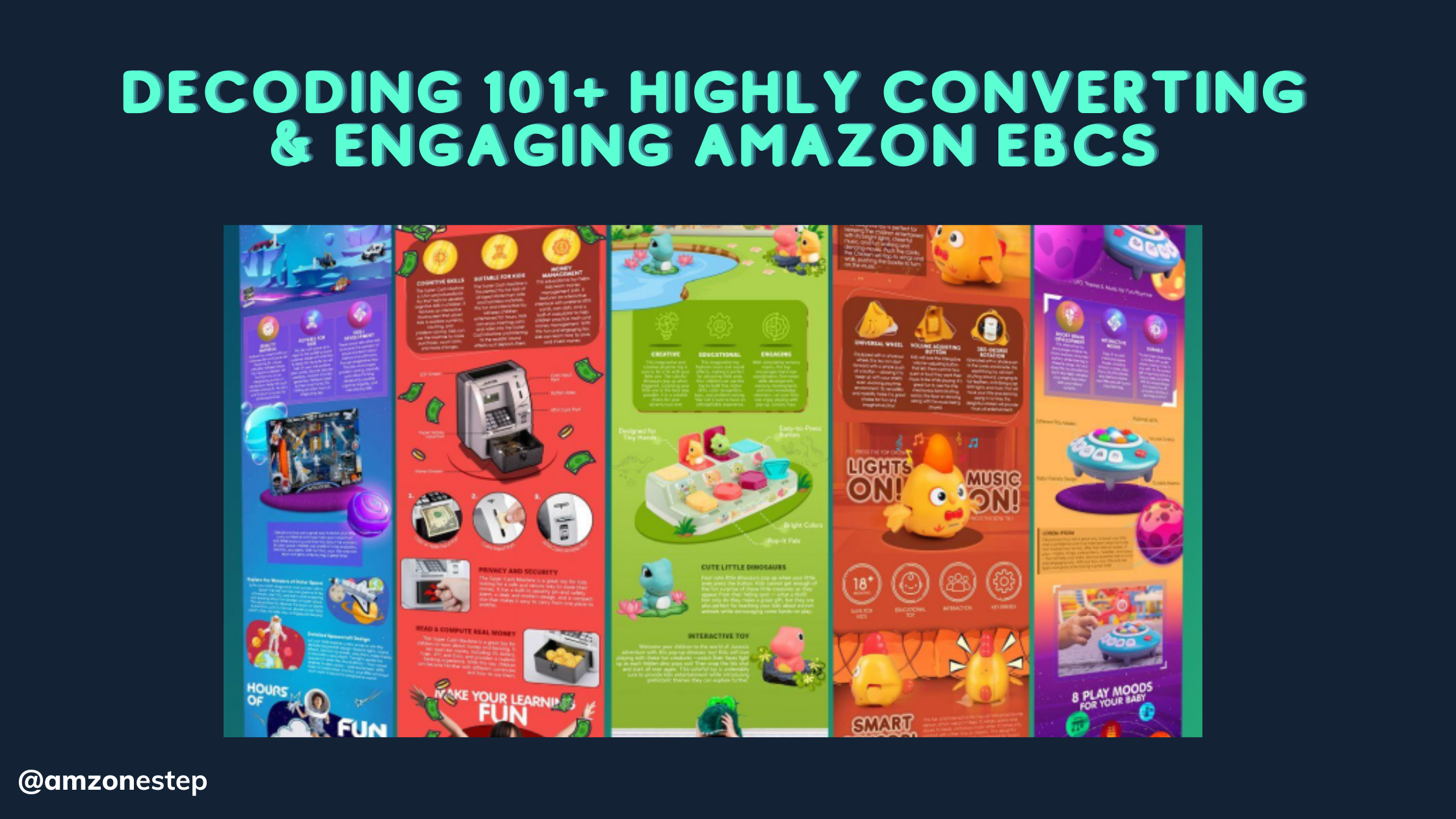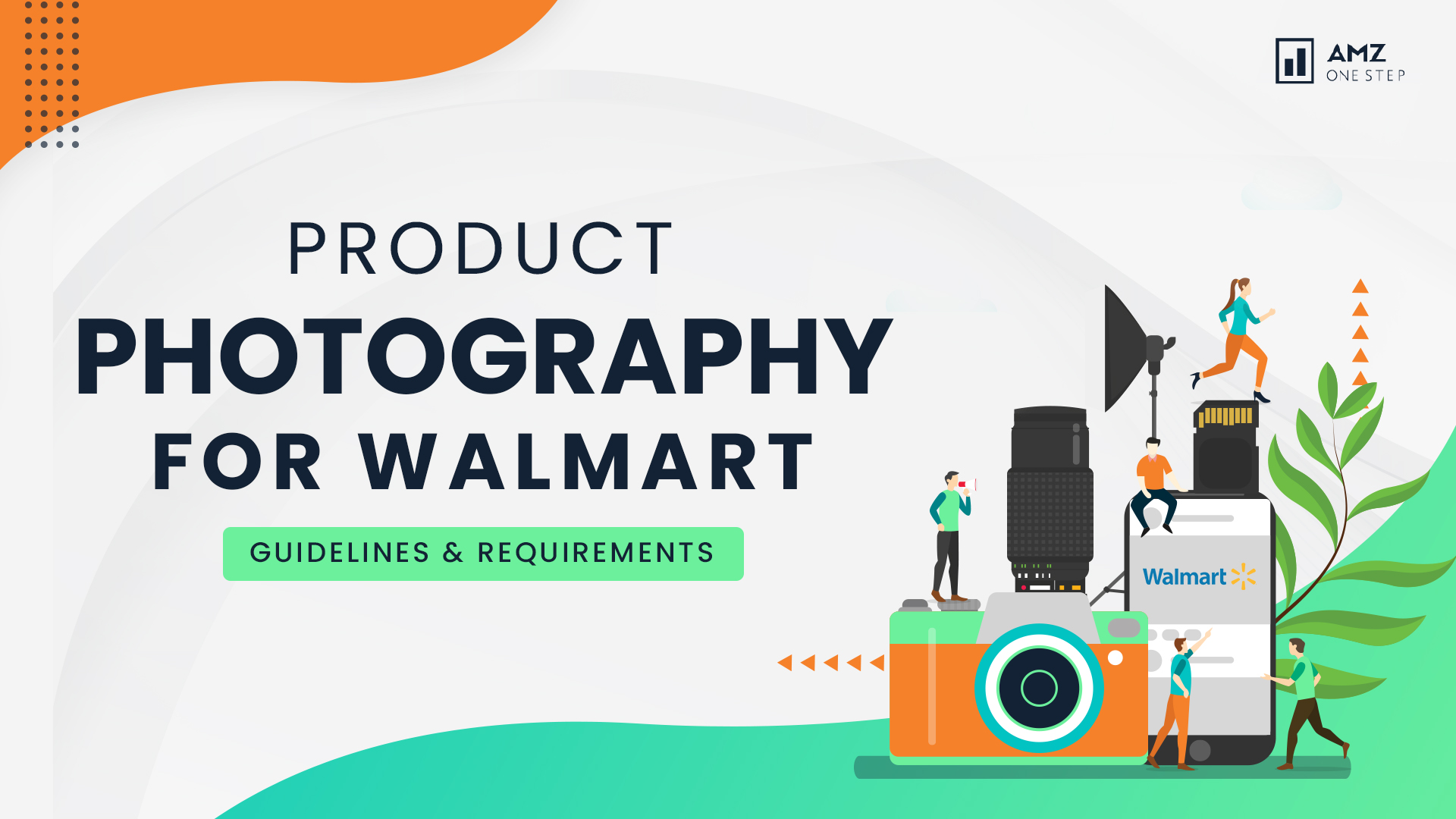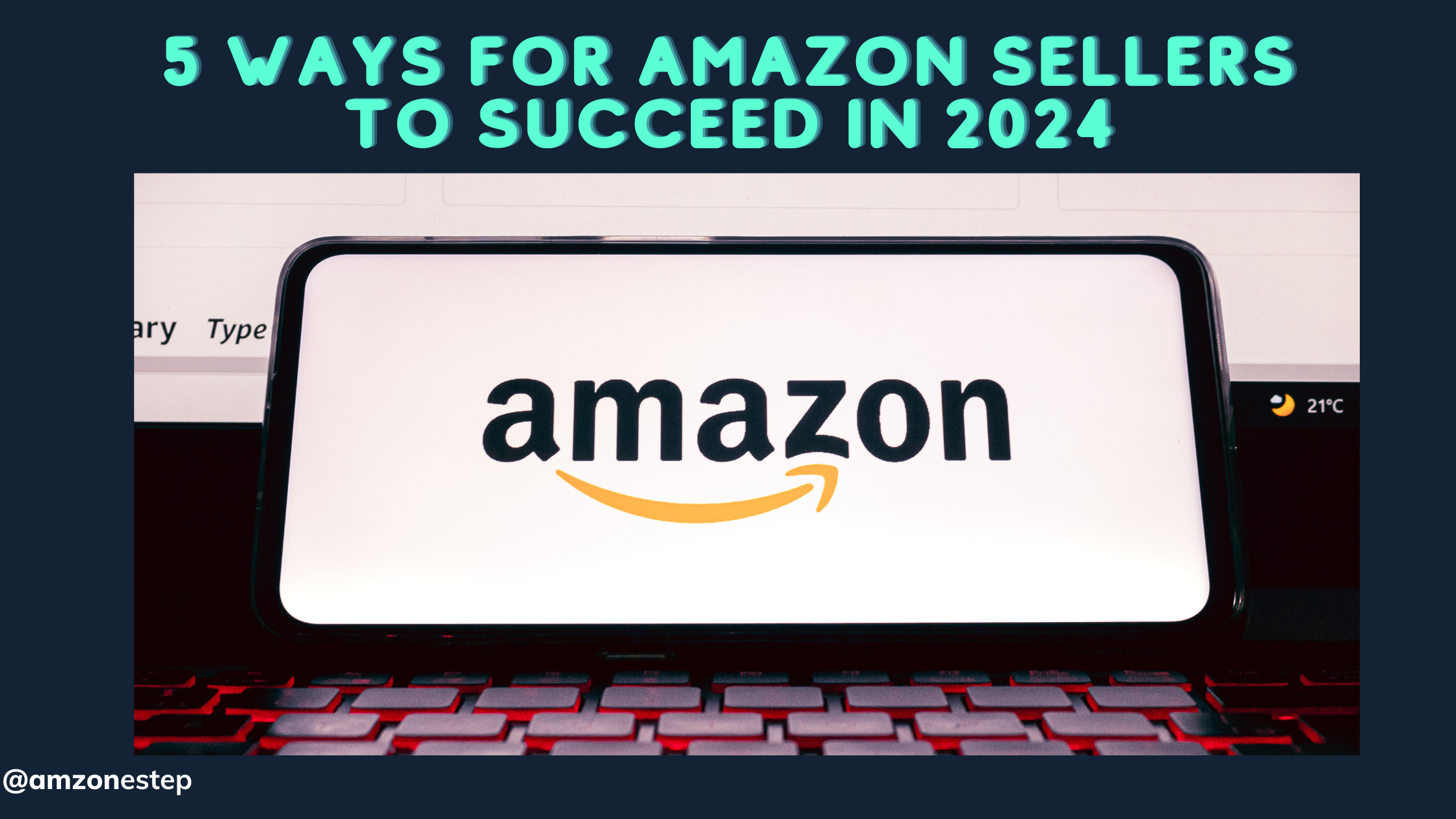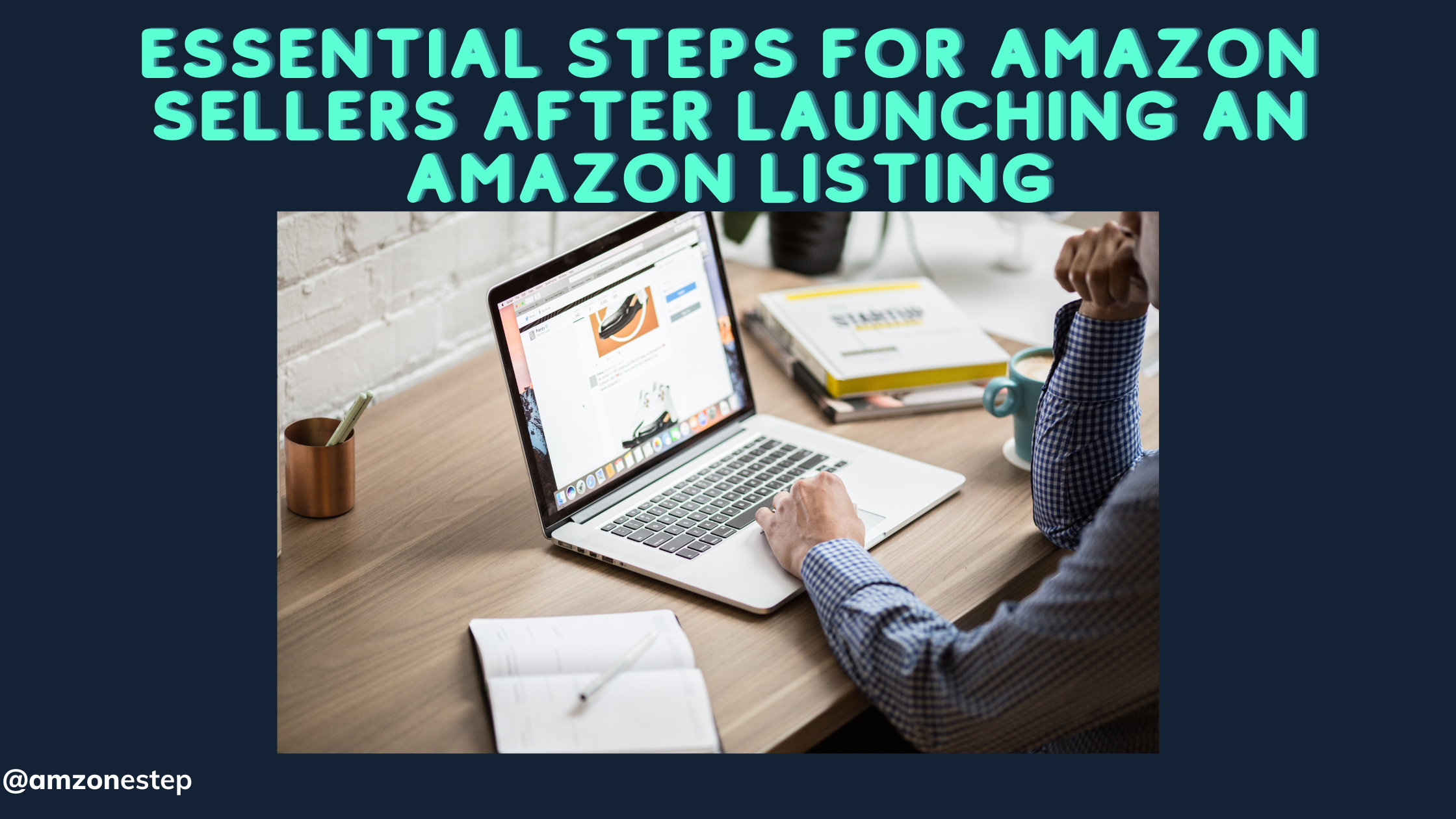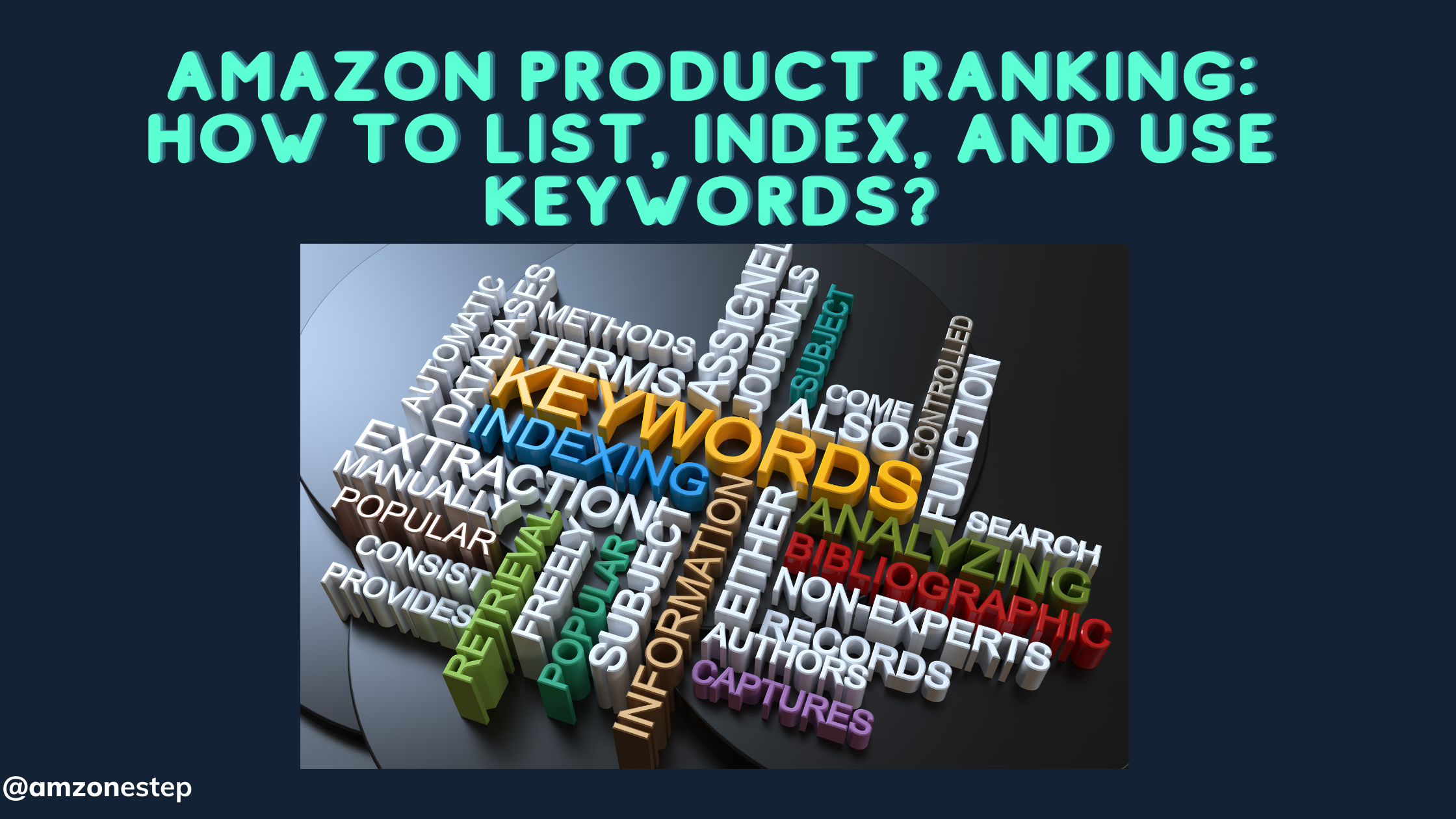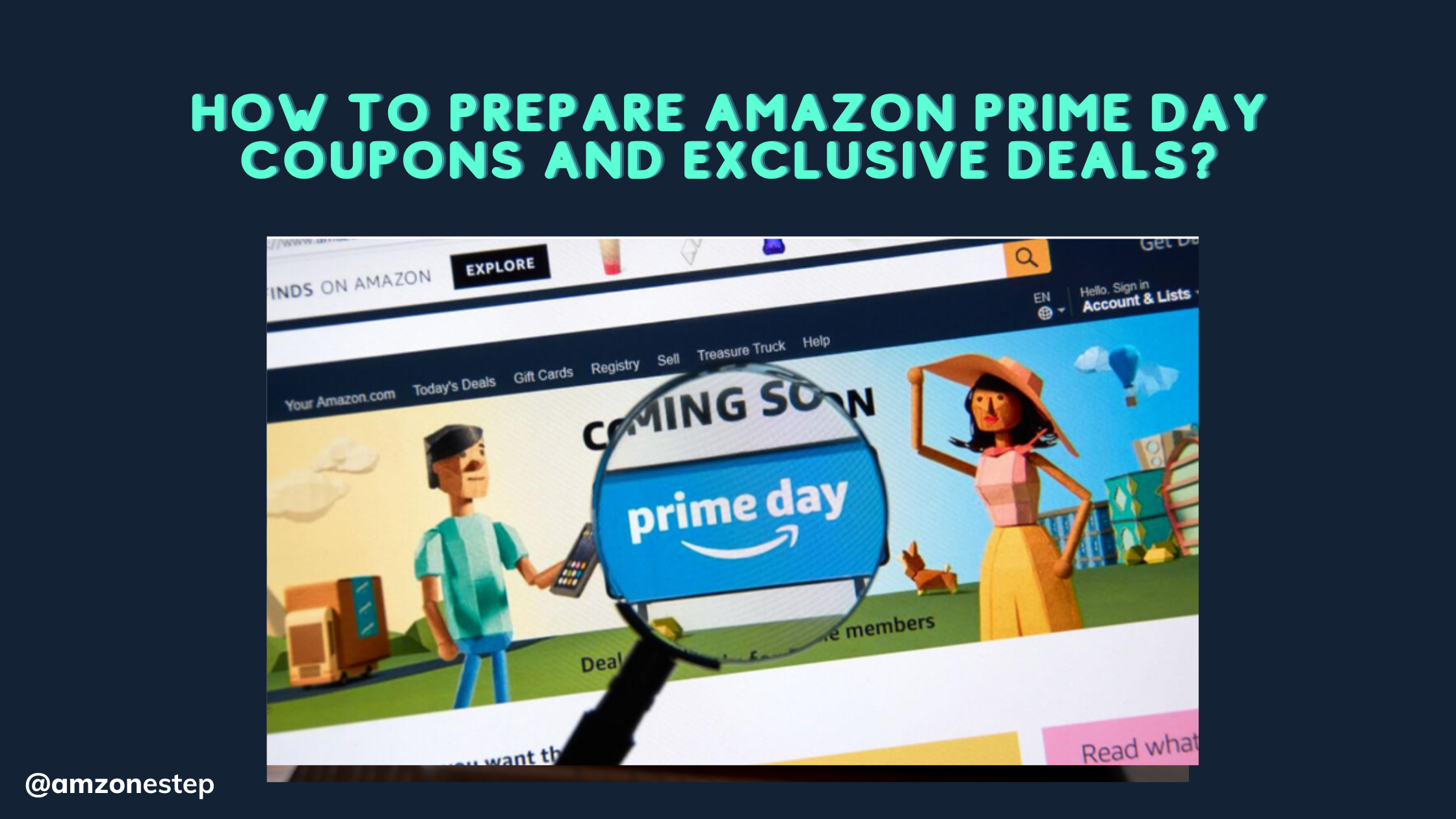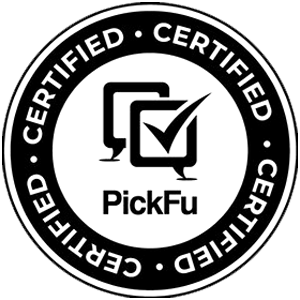Of course, every Amazon seller wonders, “How does Amazon product ranking work, and more importantly, how do I rank my product on page one?” According to research, at least 80% of all clicks go to the first page, and at most 60% of those clicks go to the first three ads on that page.
Additionally, most shoppers only look through the first page of search results. With Amazon making up almost 38% of all U.S. online retail sales and expected to bring in $316 billion in 2022, you don’t want to miss any sales by not having your product on the first page. As sellers, we need to be aware of the different things that affect how our products rank on Amazon.
Amazon’s A10 Algorithm Vs Amazon A9
You should know how Amazon ranks things if you want your items to rank on Amazon. The reason behind this is the significant difference between Google’s algorithm and Amazon’s. Trying to rank on Google won’t lead to success on Amazon.
Products sold on Amazon are the only ones that the A10 Algorithm considers. In contrast to Google, Amazon’s algorithm is unaffected by factors such as social media and backlinks. Using an algorithm, Amazon retrieves relevant results from its catalog of listed products whenever a user searches.
A9 is Amazon’s product ranking system, and you’ve already used it when you searched Amazon. Since this guide is all about how to place products on Amazon FBA, it makes sense to take a look at Amazon’s product search algorithm and see how it fits in with the company’s overall goals.
The primary goal of the A9 product algorithm is to show customers the most relevant goods based on their search queries. This is done by carefully indexing and analyzing each product description.
Then, they educate themselves about the product and look at past sales and other success indicators. As a result, the customer gets the most useful results. The craziest part? Everything happens in nanoseconds!
Read More: How To Feed Amazon A9 Algorithm During Product Launch
How To Get On The First Page Of Amazon?
Don’t forget: it’s all about making sales and making more sales. We move up on the page as more units are sold. We make more sales higher up on the page, so it all makes sense.
On Amazon, the first page is like the best spot to live. Amazon FBA will not put your goods on page one unless you have as many sales as the sellers who are already there. There are things you can do, thankfully, to get your Amazon sales going.
Putting Ads On Amazon
If you just put out a new product on Amazon, it probably won’t be on page one right away because you won’t have any sales records or reviews.
But you can run Amazon PPC campaigns to get your goods on page one from the start. You can see Sponsored product ads as a professional Amazon seller. Brand-registered buyers can also see Sponsored Display Ads and Sponsored Brands Ads.
Social Media Marketing
We live in a time when brands may be falling behind if they don’t have a social media presence. Online shopping also uses social media a lot these days.
Millennials and Gen Z start their product searches on social media sites like TikTok and Instagram, even though Amazon is likely to be the most popular place to look for and buy products.
Reviews
Forever changing the online market, Amazon added user reviews back when they were just selling books.
They saw user-generated reviews as a huge edge over other online bookstores and thought (rightly) that customers would be less likely to buy from their competitors. Unfortunately, reviews are still an important part of the Amazon buying process.
In other words, Amazon FBA wants us to get the same number and quality of reviews as the other goods on page one if we want our product to be on the first page. This makes shoppers think that your product is a good choice and also builds trust and faith.
Keywords and Relevancy
The majority of Amazon product sales start with a product search. Search results are displayed when a consumer types in the desired product. After that, people decide which product best suits their needs and desires, and then they buy it.
Consequently, commanding the search is essential for maintaining command of your Amazon product ranking. Keywords and relevance are the tools you need to accomplish this.
Keywords tell Amazon what our items are, how they work, and where to list them. To dominate Amazon’s search and relevancy game, you need to know your customers’ motivations behind product searches, the products they desire, and the keywords or similar terms they’ll employ.
Title
The title should be your top priority when optimizing your Amazon product listing for a certain set of keywords. As search engines treat title words individually, stuffing as many of them as possible will increase your product’s visibility for a wider variety of search queries.
Amazon sets a limit of 200 characters for your title. Therefore, put this property to use. Ensure that all of the terms you would like your product to appear for fall within those limitations.
The process of coming up with a name for your product is more art than science. The goal of coming up with product titles is to make sure that buyers click on your goods and that they find them relevant.
- “Professional Burr Coffee Grinder – Electric Conical Mill with 18 Grind Settings for Espresso, French Press, Drip Coffee”
This title includes several key terms that customers might search for, such as “burr coffee grinder,” “electric coffee mill,” and specific brewing methods.
Read More: Amazon Listing Optimization Service
Product Features
Buyers can also index and find the information in the bullet points that list the features of your product. Your keywords that you want to rank for should also be in this part of your ad.
Don’t forget to add as many keywords and details as you can to your bullet points. Put yourself in the shoes of the customer and think of all the information you’ll need to make an informed buying choice. This is a great place to list the product’s features, benefits, or attributes.
Product Description and Bullet Points
While these areas are primarily for convincing customers to buy, they also play a role in indexing. Include relevant keywords naturally throughout your description and bullet points. For example:
“Our professional-grade burr coffee grinder delivers consistent, perfectly ground coffee every time. With 18 grind settings, you can easily adjust from ultra-fine for espresso to coarse for French press.”
A+ Content
You will be able to use A+ Content to make beautiful descriptions with pictures, infographics, and modules that you can change if your brand is registered with Amazon Brand Registry.
If you use A+ content, it may help your conversion rate because it stands out more than a normal product description and is easier and more interesting to read.
Search Terms
When it comes to keyword relevancy, the search words on the detail page of your listing are very important on the back end of your listing.
Sellers are given 5 fields, each with 50 characters. This means that they can use a total of 250 characters for search words. Each field can have up to 1,000 characters, but the Jungle Scout team has found that anything longer than 250 characters doesn’t get indexed on your page.
These backend search terms might be a good spot to put your main keyword and other long-form forms of it.
Subject Matter
The subject boxes are also in the back end. A lot of sellers don’t look at these areas. Like the Search Terms, there are 5 fields, and each one has 50 characters. That’s a total of 250 characters. Again, this is a great spot to sneak in those last few important keywords that will help your Amazon product rank higher.
Conversion Rate
Digital marketers and Amazon FBA sellers can use conversion rates to figure out how well their product sells. Divide the number of visitors (also called sessions) to a page description by the number of sales to get this number.
To give you an example, your conversion rate is 10% if 10 out of every 100 people buy something from you.
“Unit Session Percentage” is another measure that can be found in Amazon Seller Central’s business reports. Except for one small detail, this measure is like conversion rate. Not into orders, but into the real units ordered, that’s how the sessions are split up.
In this case, if three out of ten people who visit your ad actually buy one unit, the conversion rate is 30% and the unit session rate is also 30%. What if two of those three people decide to buy two units each? The conversion rate will stay at 30%, but the unit session percentage will rise to 50%.
Amazon values the number of unit sessions more than the conversion rate. To make sure your product stays “top of mind” with Amazon’s product ranking system, you should try to sell as many units as you can.
Backend Keywords
Backend keywords allow sellers to include additional relevant terms that couldn’t fit naturally into the visible listing. This expanded keyword coverage helps products appear in more search queries, increasing their chances of being discovered by potential customers.
For example, a coffee grinder listing might use backend keywords like:
- “coffee bean grinder stainless steel adjustable settings quiet operation gift barista home cafe”
These terms complement the visible listing content, capturing additional search variations and use cases.
Improving Relevance Signals
Amazon’s A9 algorithm uses backend keywords as relevance signals when determining which products to show for specific search queries. By including highly relevant terms in the backend, sellers can strengthen their product’s association with particular searches, potentially improving its ranking for those terms.
Targeting Long-Tail Keywords
Backend keywords are particularly useful for targeting long-tail keywords – more specific, less competitive search phrases. These can be difficult to incorporate naturally into visible listing content but can be valuable for attracting highly targeted traffic.
Accommodating Variations and Synonyms
Backend keywords allow sellers to include alternative spellings, regional variations, and synonyms of key terms. This helps capture searches from customers who might use different terminology to describe the same product.
Enhancing Indexing Without Keyword Stuffing
By using backend keywords, sellers can ensure their products are indexed for important terms without resorting to keyword stuffing in visible content. This allows for more natural, customer-friendly product titles and descriptions while still optimizing for search.
Balancing Readability and SEO
Backend keywords allow sellers to optimize for search engine algorithms without compromising the readability and appeal of their visible listing content. This balance is crucial for both attracting customers and satisfying Amazon’s ranking algorithms.
Supporting PPC Campaigns
While primarily used for organic search optimization, backend keywords can also support Pay-Per-Click (PPC) advertising campaigns by providing additional relevant terms for ad targeting.
Amazon Product Video
Another great way to help buyers understand your product’s features and benefits is to add a video to its Amazon listing page. There are rules that all videos on Amazon must follow.
Moving and MP4 files up to 1080p and no bigger than 5GB are acceptable file types. Several ASINs that are linked to your video can show your video on their product information pages.
- Include only evidence-based claims.
- Never deter Amazon viewers.
- Not violate others’ intellectual property.
- No defamation of competitors
- Not contain time-sensitive information like prices, promotions, discounts, etc.
- Not include medical claims or recommendations.
- Keep political, sensitive, and sexually provocative stuff to yourself.
You can now add videos to your product pages if you’ve been selling on Amazon FBA for at least three months as of June 2023. Right now, both brand-registered and non-brand-registered sellers can do this. More sales, better conversions, and fewer returns can all be achieved by adding video material.
Shipping Options
The page with product details tells buyers how to get the item. Customers who shop at Amazon like that they can get items quickly and for free with Prime, so items that are suitable for Prime are often chosen first.
Fulfillment by Amazon (FBA) is a program that helps a lot of Amazon sellers quickly fill orders. You should have a way to get your goods to customers quickly whether you do it yourself or hire a third-party logistics (3PL).
If everything else is the same, shipping speed can cost you a sale if a competitor can get the same goods to the customer faster.
Seller Feedback Score
Even though the Amazon seller feedback number isn’t the most visible thing on the product detail page, you should still know what it means for your listing images. To see reviews from other buyers, hover your mouse over “Other sellers on Amazon” or click on the “Sold by” link just above the return policy.
Users who have placed an order can leave ratings and notes about their experience. This is a very important indicator of the general health of your Amazon account. It affects everything from your sales rank to your ability to join certain programs.
A great customer experience is something that Amazon wants third-party sellers to do. It can be very hard for a seller to be successful on Amazon if they get a lot of negative comments.
Take the time to fix and try to make sure the problem doesn’t happen again for future orders if a buyer tells you about a problem they had with their purchase.
Amazon Listing Issues
The most common reasons your Amazon ad might go wrong and what you can do about them are listed below.
ASIN Piggybacking
Someone becomes an “additional seller” on your post and sells the same item for less money under the same ASIN. This is called “ASIN piggybacking.” It’s important to know how this is different from regular trading.
People do resell on Amazon all the time, but piggybacking is almost never done. Why? Because the other seller is trying to profit from your success, or “piggyback,” by selling cheap copies of real things instead. This is done so they can offer lower prices.
Go to the “Other Sellers on Amazon” box on your ad to look for piggybackers. Remember that it could be a real dealer. Any way you look at it, you should check it out more.
Listing Hijacking
When another seller starts selling a fake version of your product on Amazon’s information page, usually at a much lower price so they can get the Buy Box, this is called listing hijacking. After receiving the low-quality fake item, the customer leaves a bad review on your offering.
Keeping doing this will hurt your brand’s image, your Best Seller Rank, and your account health metrics, which could put your whole business at risk.
Is there a hijacker on your ad if there are other sellers and an unauthorized reseller has taken over the Buy Box for your private-label product? If your listing images change without your permission or there are more bad reviews, that’s another red flag.
Suppressed Amazon Listing: Why?
There are various reasons why listing blocking might happen. But these list violations on Amazon are often responsible:
- Non-compliant product photos or missing main image
- Invalid or missing product info
- Ads and banned product claims
- Undefined category.
- Harming character limits
Other times, Amazon FBA may remove your listing for more important reasons, like a risk of counterfeiting, safety concerns, or breaking Amazon’s rules on selling.
How to Check Your Product’s Indexing
To check if your product is indexed for a specific keyword:
- Copy your product’s ASIN
- Go to Amazon’s search bar
- Type in the keyword you want to check, followed by the ASIN in parentheses
- If your product appears in the search results, it’s indexed for that keyword
For example: “coffee grinder (B07XYLZ8R9)”
What Does Being Indexed on Amazon Mean?
Being indexed on Amazon is a fundamental aspect of ensuring that your products are visible to potential customers.
When your product is indexed, it means that it appears in Amazon’s search results when customers search for relevant keywords. This process is crucial for driving traffic to your product listing images and ultimately increasing sales.
The Basics of Amazon Indexing
Amazon indexing is different from traditional search engine indexing. It doesn’t involve crawlability or schema markup but focuses on ensuring your product data is correctly structured and includes relevant keywords.
When a product is indexed, it means that Amazon’s algorithm has recognized the keywords associated with your product and will display it in search results for those terms.
You can be in position 1 or 257, but your product will still be a result for that search phrase; for instance, if you index fuzzy slippers, your product will appear in the search results when a buyer searches for fuzzy slippers on Amazon.
Watching for Changes in Indexing
Now there are tools that can help you check how your product is ranking for certain terms. You can also use any tool that has a Reverse ASIN Search.
This is where the tool looks for all the keyword phrases that a post is indexing for. But it’s important to keep in mind that the info on these tools isn’t always up to date. Sometimes it’s days or even weeks old.
Keep an eye out for any shifts in your sales or traffic. We suggest that you review the Detailed Traffic and Sales Report by Child Product if you are interested in tracking conversions and traffic.
- For every child ASIN, you may find the following information in the report: pages, sessions, orders, and unit session percentages. (Amazon uses the Unit Session Percentage to find the conversion rates based on the number of orders and sessions for an ASIN.)
- Changes in the amount of sessions could indicate that your product was de-indexed for a main keyword or that an algorithm update altered the page ranking.
- It might also have something to do with the combination of two distinct subcategories. One of the easiest ways to make your product searchable is to check that you are properly indexed.

Hi there! I’m the content marketing and branding specialist for AMZ One Step. I work hard to create engaging and informative content that helps our readers learn more about Amazon selling and how to make the most of their businesses. I love spending time with my family and exploring literary works when I’m not writing or working on projects.

